

Anthony Crawford
1990 Lamborghini Countach review
6 Days Ago
We don't know all the details on Nissan's Z Proto as yet, but the 400Z preview car looks to stack up nicely against an A90 Toyota Supra.

Senior Contributor
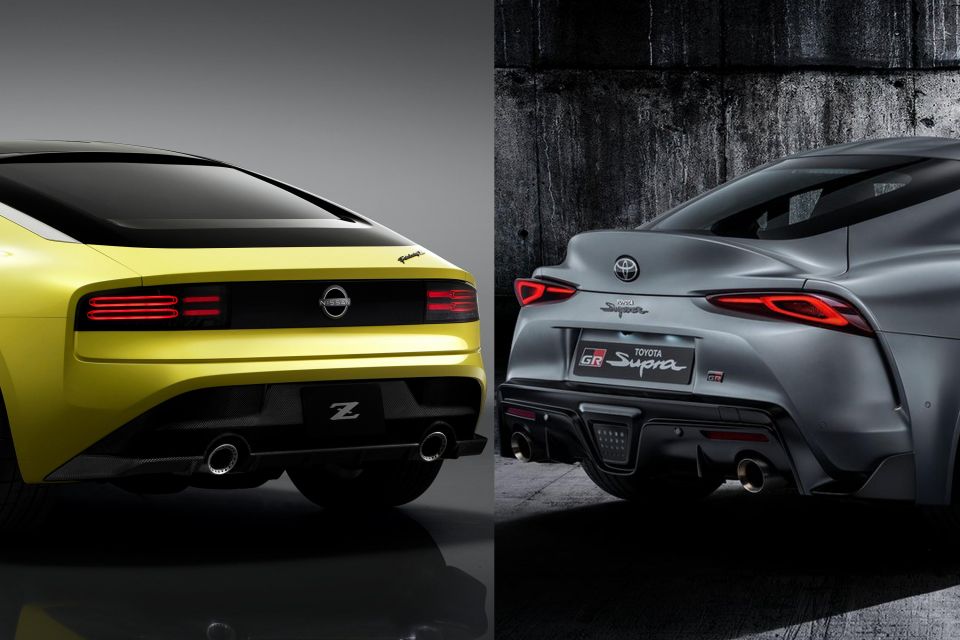

Senior Contributor
Nissan has given us a proper insight into the new-generation Z car, by staging a global (virtual) reveal of a concept car called Z Proto.
While not the fully-fledged production model – which rumours suggest will be called 400Z – the Z Proto reveal has enough detail to tell us plenty about Nissan’s plans.
It’s clear that this sports car is Nissan’s gesture to brand diehards unmoved by the market’s procession of crossover SUVs (even quirky ones like Juke), and an acknowledgement of its roots as a purveyor of Japanese performance cars.
In this way it’s conceptually similar to Toyota’s reborn GR Supra, a car that likewise serves dual roles as performance-car halo and brand-wide marketing tool.
MORE: Get the lowdown on the Z Proto, both inside and out

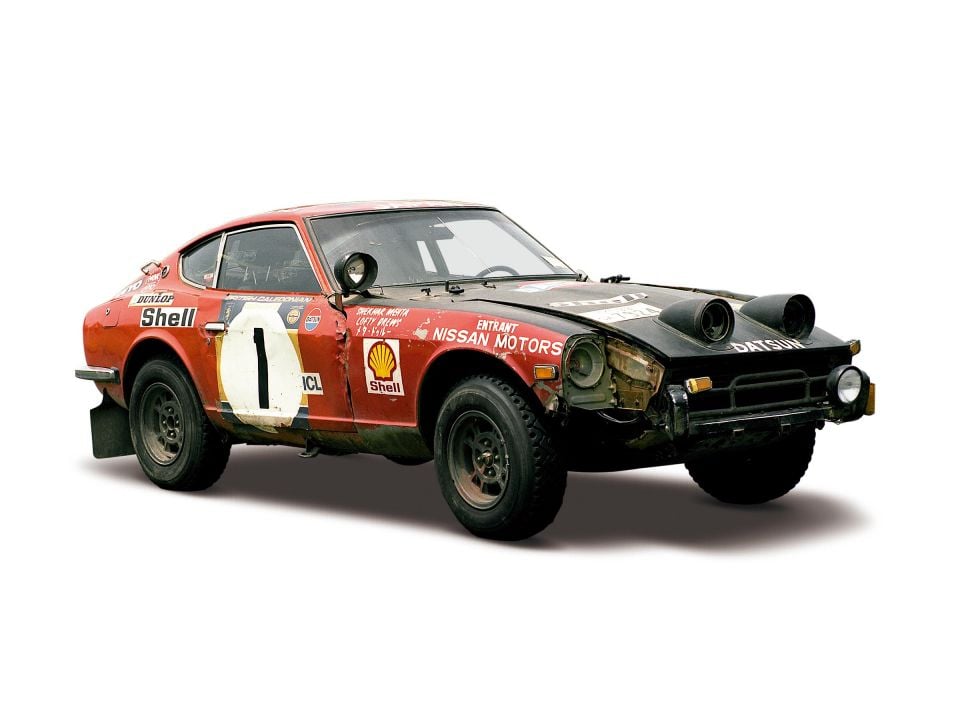

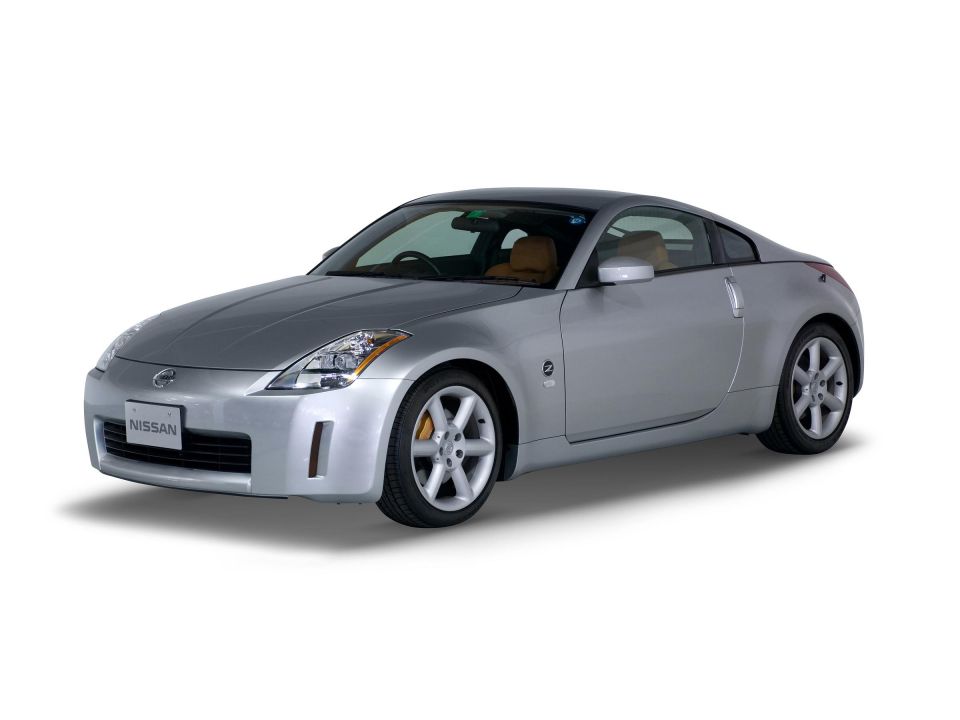
Nissan
The Nissan Z Car’s genesis was the 1969 Datsun 240Z (Nissan Fairlady Z in Japan) S30, penned under the direction of Albrecht Goetz, the man responsible for the gorgeous BMW 503 and 507.
Aside: Goetz was also said to have an early hand in Toyota’s stunning and exceedingly rare 2000GT, which featured in the 1967 James Bond movie You Only Live Twice.
The two-seater’s cab-rearward proportions, 118kW straight-six engine under a long bonnet, on-the-floor manual gearbox (five-speed in Japan’s Fairlady Z, four in the USA), rear-wheel drive, and independent strut suspension at both ends, made it an affordable classic.
In June 1970, an American-market model cost $3601, making it an everyman Jaguar E-Type.
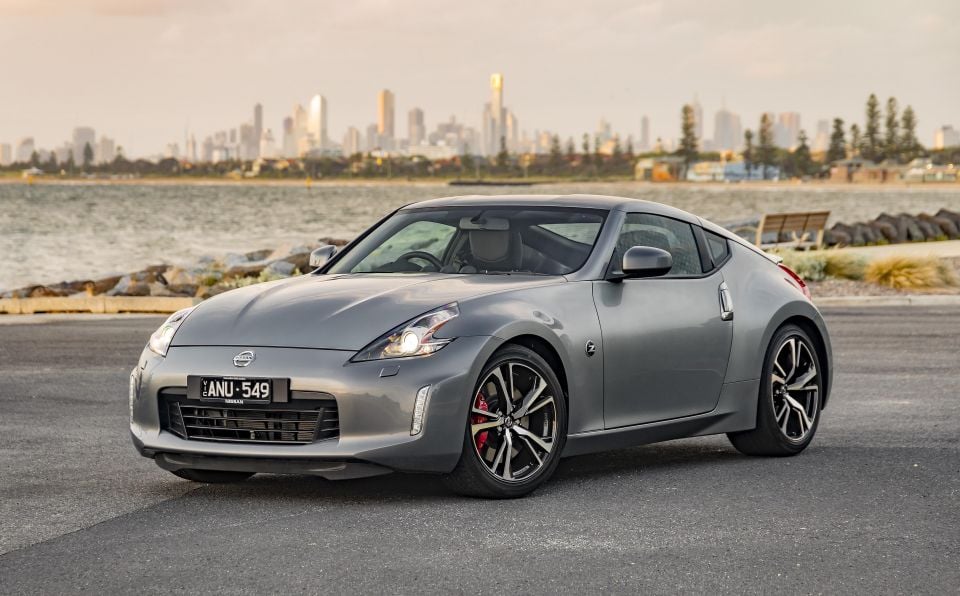
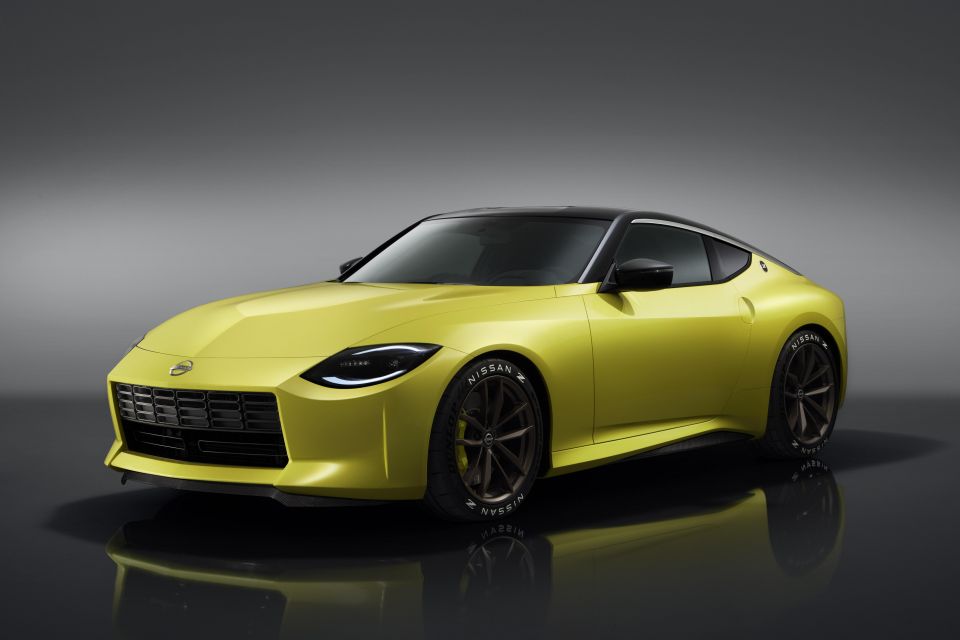
A 2+2 configuration 260Z model launched in 1974, followed by a more luxurious 280Z model in 1978, available with a targa-top roof. Then came the first of the 300ZX models with the Z31 in 1983 with a V6 and ongoing rally success, and the follow-up in ’89 with HICAS rear-wheel steering and an available twin-turbo V6 hitting the ‘gentleman’s agreement’ 206kW.
After a brief hiatus from the end of 300ZX production in August 2000, the Z-Car concept appeared at the 2001 Detroit motor show, morphing into the naturally-aspirated V6 350Z (Z33). The Z34 (370Z) hit the market way back in December 2008 and remains in production to this day.
That’s a nearly unbroken 51-year history. While Nissan has dragged its feet launching the 370Z successor, it at least remembers its roots.
This Z Proto Concept gives a near-production-ready glimpse at the new ‘400Z’ (as we think it will be called), which we can’t imagine is very far from hitting production. Sometimes concept cars are futuristic, but this one looks largely ready to roll.
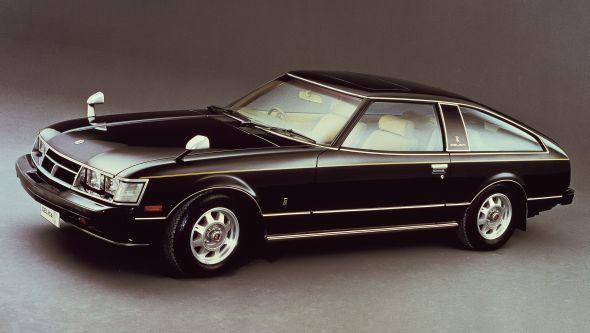
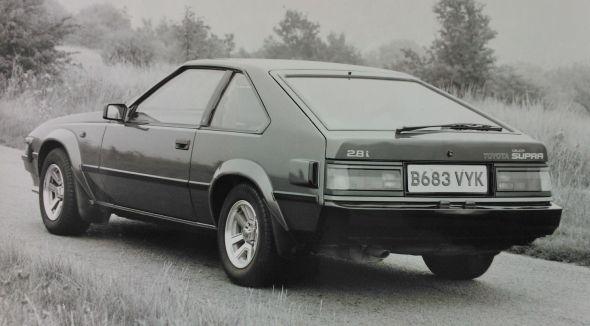

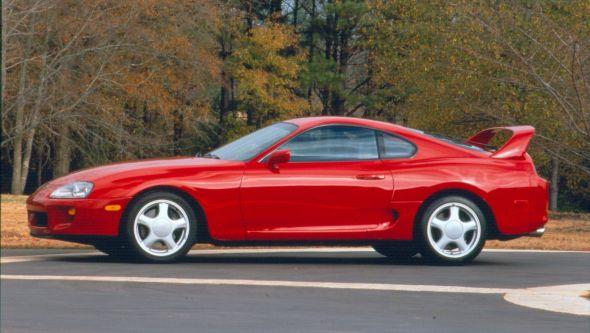
Toyota
The name ‘Supra’ began as a suffix for a more potent six-cylinder take on the Celica, and squared-up with the 280Z.
It was followed by the A60 Celica XX, sold as ‘Celica Supra’ in export markets. This model was the first of its name sold in Europe, from 1982. Behind the B-pillar it was regular Celica, was stretched up front to house a 2.8-litre twin-cam straight-six.
In the mid ’80s, the Celica went FWD, leaving plenty of space for the Supra to play higher up the range. The A70 Supra premiered as a standalone model in early ’86, and borrowed more than a little design inspiration from the ’84 C4 Chevy Corvette. It sported various engines led by the 7M-GTE turbocharged 3.0-litre six.
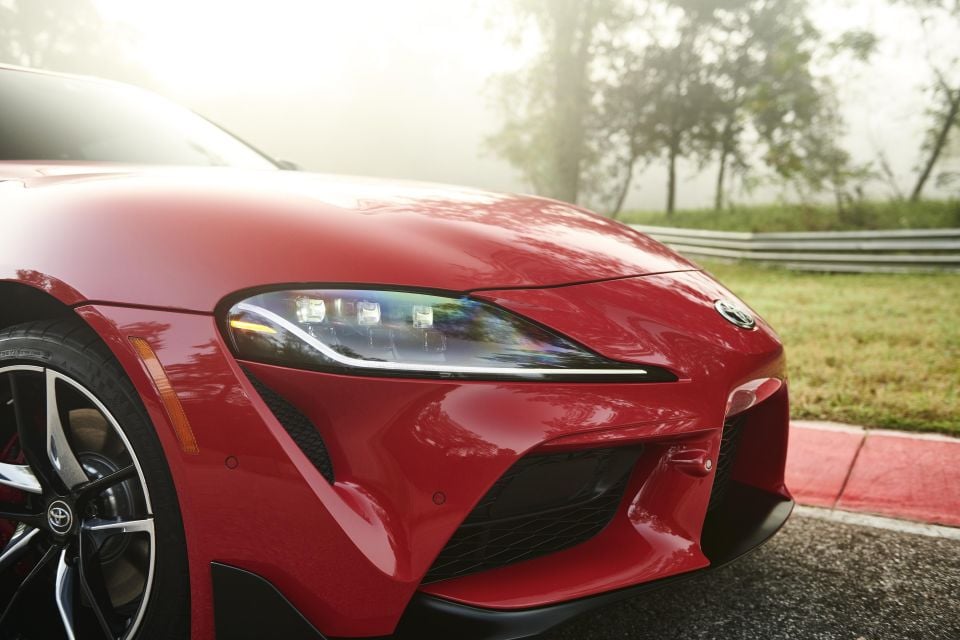
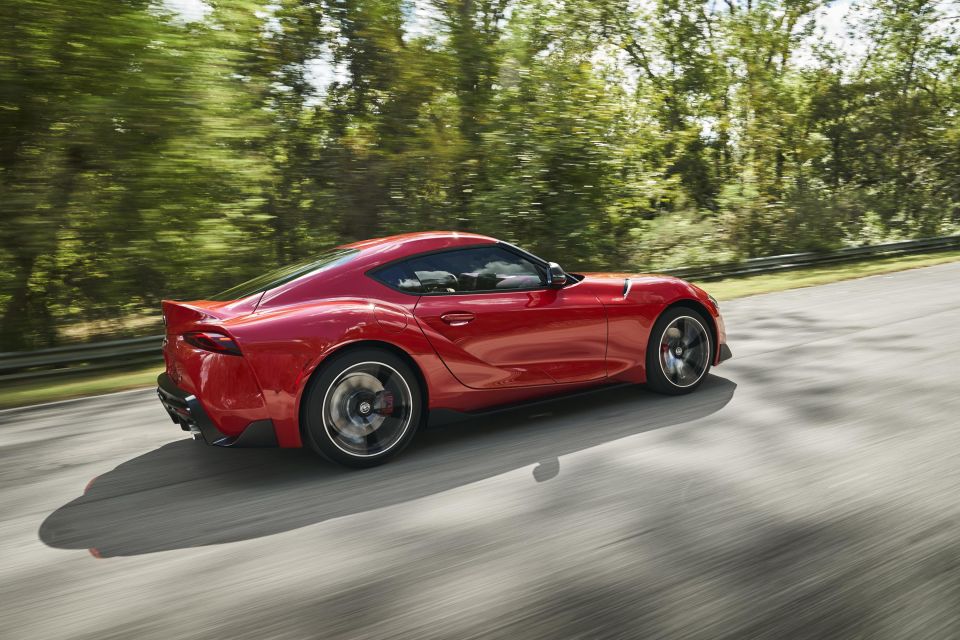
The more curvaceous 2000GT-inspired A80 model premiered at the ’93 Chicago motor show of all places, after four years in development under the guidance of chief engineer Isao Tsuzuki, who had also worked on the first Celica and both generations of MR2. It also rocked the iconic 2JZ engine, aka Mr Indestructible.
The model won its class in the Swiss Mountain Races, competed at the Le Mans 24hr race two years running, hit up Pikes Peak, raced in American SCCA racing, and became a force in the All-Japan GT Championships (JGTC) from 1995 to 2003.
The model was slowly culled from export markets and axed in Japan during 2002.
It was followed by a long hiatus until the FT-1 concept premiered in January 2014, suggesting the Supra might have life in it yet. In January 2019, 17 years after the A80 Supra was killed off, the A90 premiered – developed with BMW, using the Bavarian brand’s twin-scroll turbocharged six and an automatic gearbox only, and made in Graz, Austria.

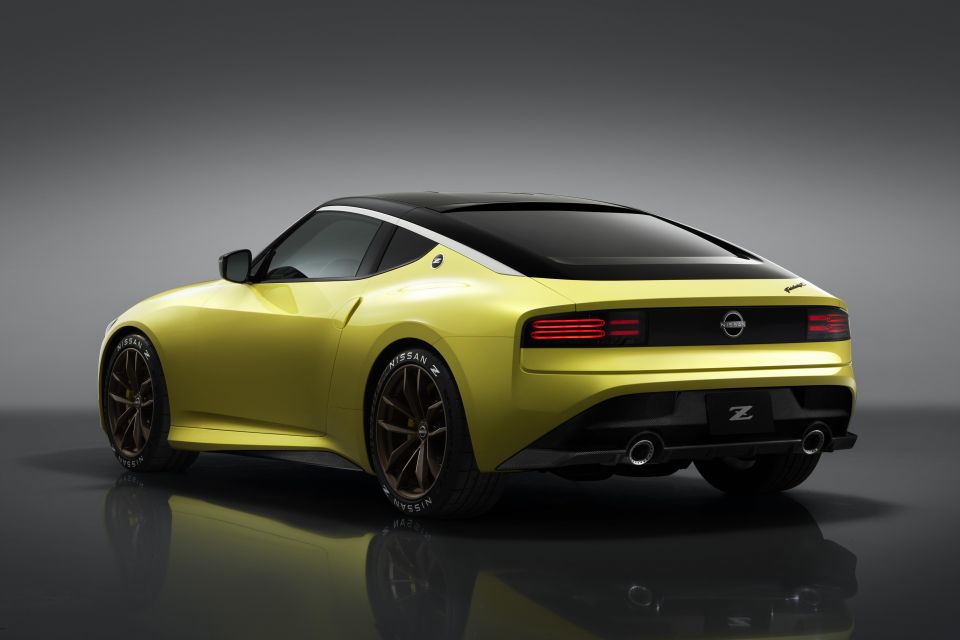
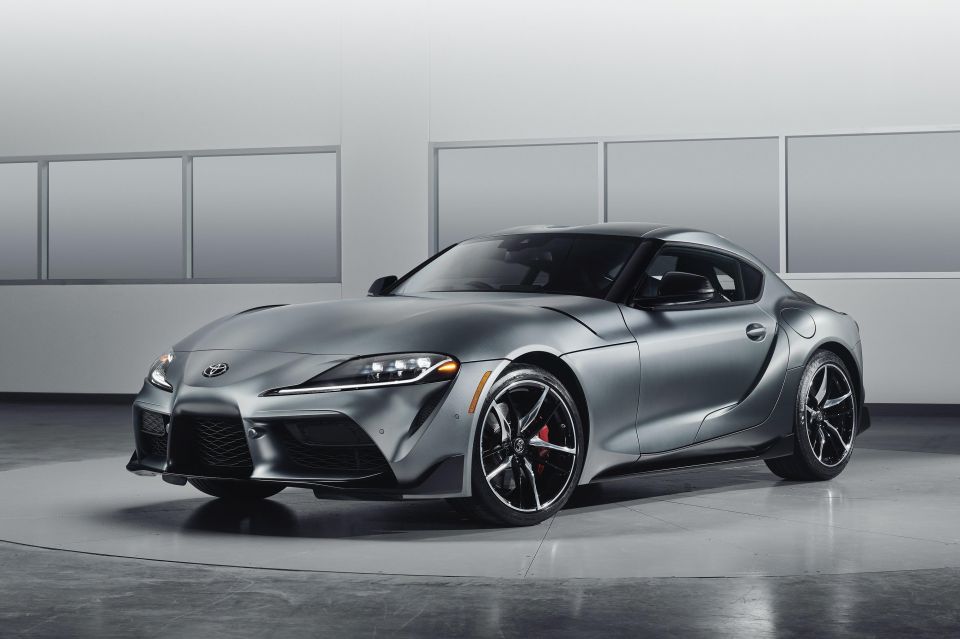
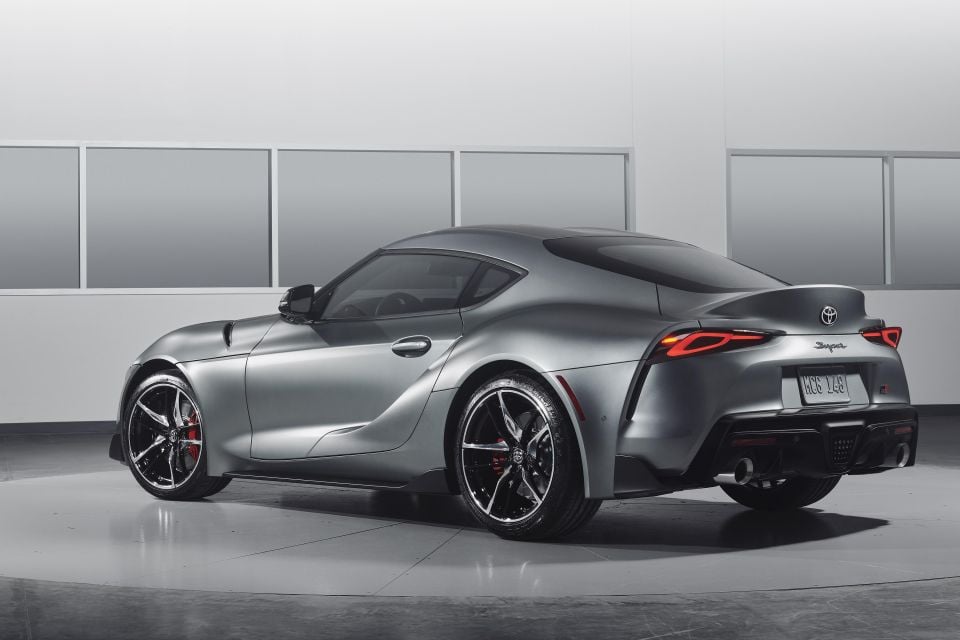
So we get to the contemporary cars. Nissan talked extensively about tapping into various Z generations with the Z Proto’s design.
Right off the bat, the concept’s bright yellow pearlescent paint was chosen in tribute to a popular paint scheme on both the first generation Z (S30) and the 300ZX (Z32). But there’s a lot more dipping into the back catalogue, according the Nissan design boss Alfonso Albaisa.
“Our designers made countless studies and sketches as we researched each generation and what made them a success,” he said. “Ultimately, we decided the Z Proto should travel between the decades, including the future.”


The bonnet/hood, silhouette, and the canted headlights tip the cap to the original 240Z (the 240 had round lights, but the sculpting was similarly tear-shaped), the rectangular grille looks a little like that of the 350Z concept, and the rectangular black-section tail lights hark to the Z32.
In terms of dimensions, the Z Proto is 4382mm long, 1850mm wide, and 1310mm high – that’s 52mm longer than the 370Z Nismo, 20mm narrower, and 5mm lower.
The dimensional similarity between the Z Proto and Supra is also uncanny: the Nissan is 3mm longer, 4mm narrower, and 18mm higher.
It’s certainly cleaner than the Supra’s look, which is defined by massive squat rear haunches, a racer-like front bumper/diffuser, exaggerated side sculpting, and plethora of cut-and-shut lines. The Toyota is a gym junky, the Zed more of a streamlined athlete.
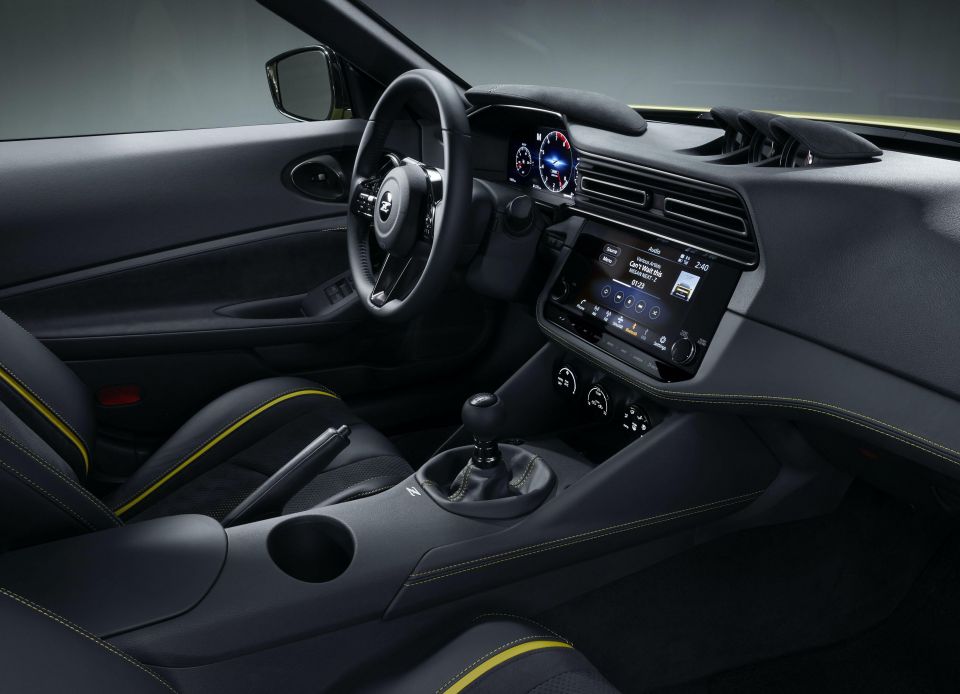
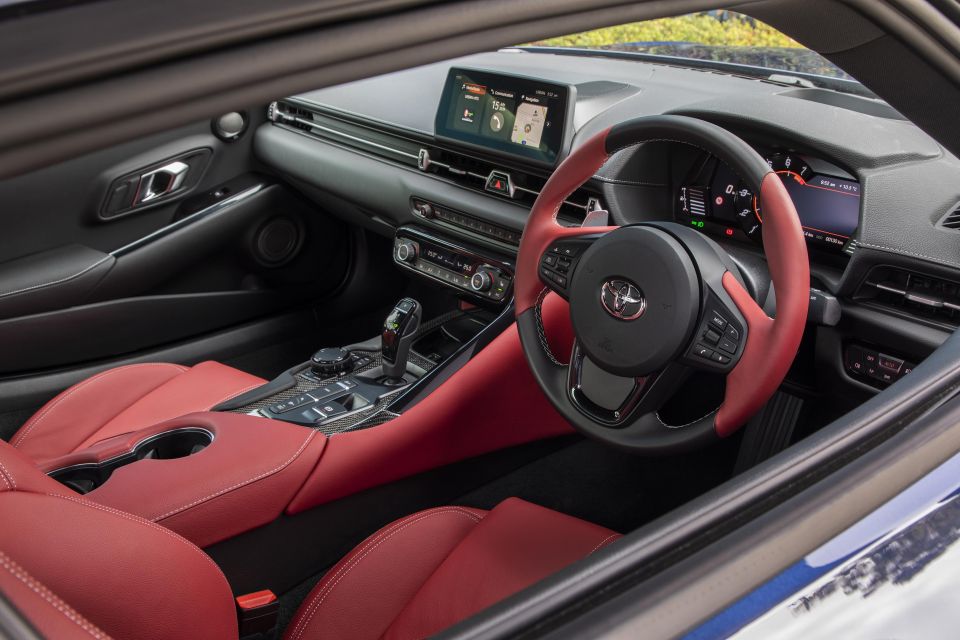
Stuff those wanting practicality, these are two-seaters.
Nissan’s commentary on the cabin says that it was “all designed to fit driver and passenger like a glove… and seamlessly blends modern technology with vintage Z touches”.
“The interior design team sought advice from professional motorsports legends to give the Z Proto an ideal sports car cabin, both for road and track,” the company added.
The Z Proto’s interior looks more production than concept, and is clearly an evolution of the 370Z’s, with very familiar-looking circular air vents, door handles, transmission tunnel cover, and dashtop analogue boost and battery gauges. That’s one way to save development costs!

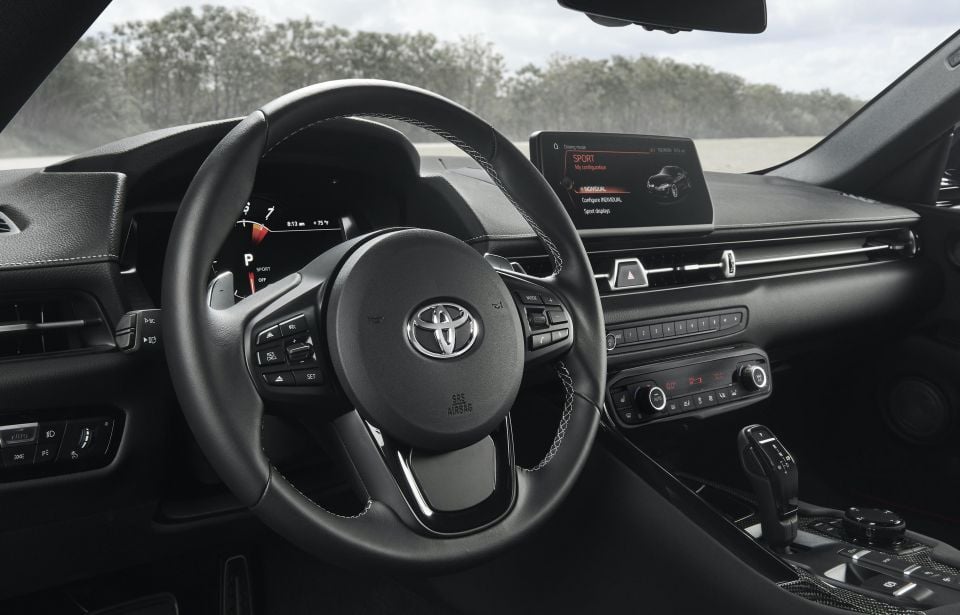


The area subject to real modernisation over the dated 370Z is obviously tech and infotainment.
There’s a big centre touchscreen flanked by stitched, padded leather and suede, and a 12.3-inch digital instrument display behind the slick new steering wheel, with a digitised tacho front-and-centre.
While the Z Proto builds on the 370Z’s base, the A90 Supra does what it can to obscure its BMW origins – notably the steering wheel cap and bespoke instruments. But the centre screen, climate controls, iDrive rotary controller, and gearstick are pure Bimmer.
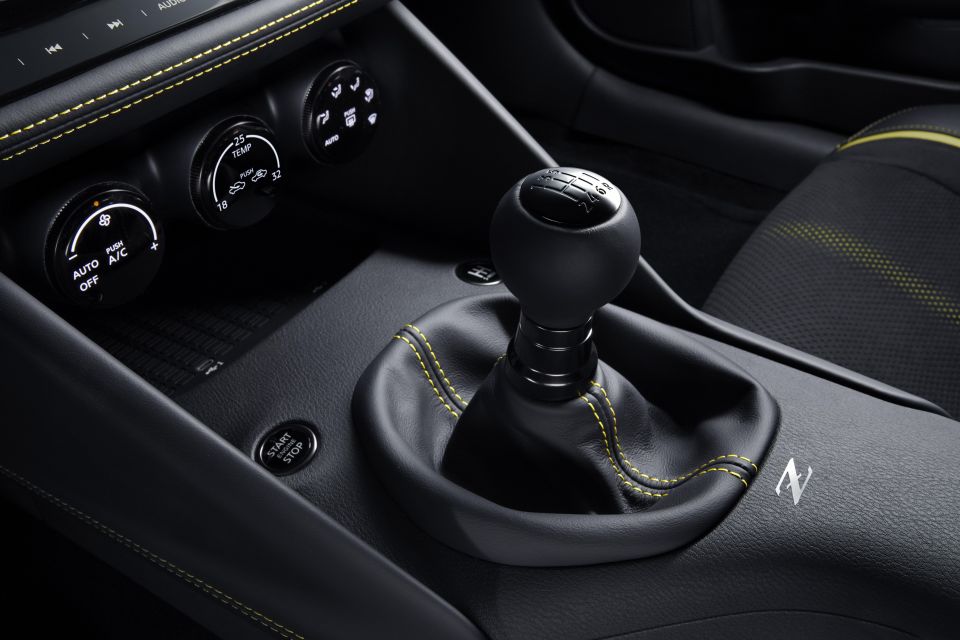

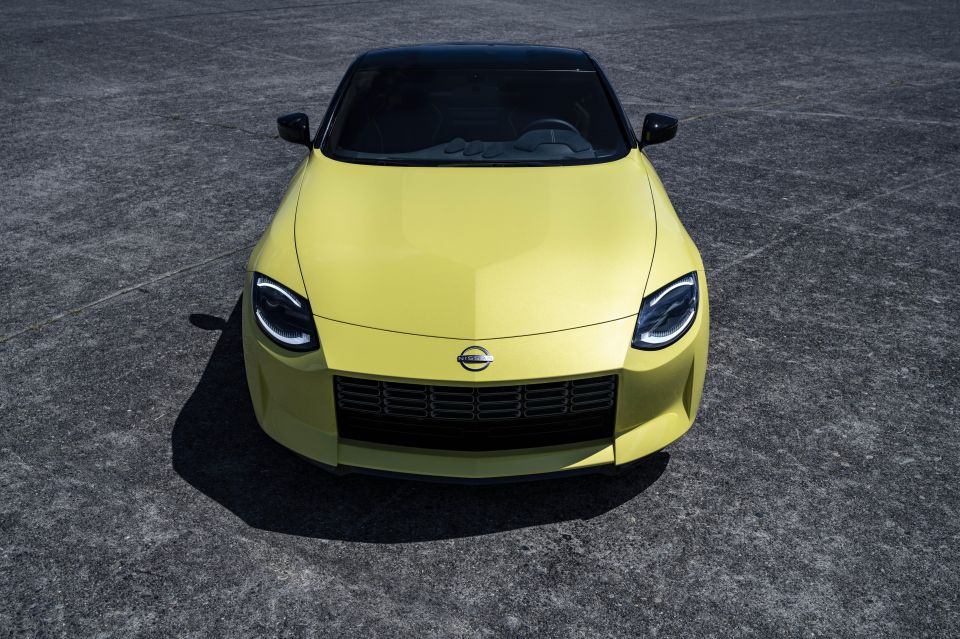
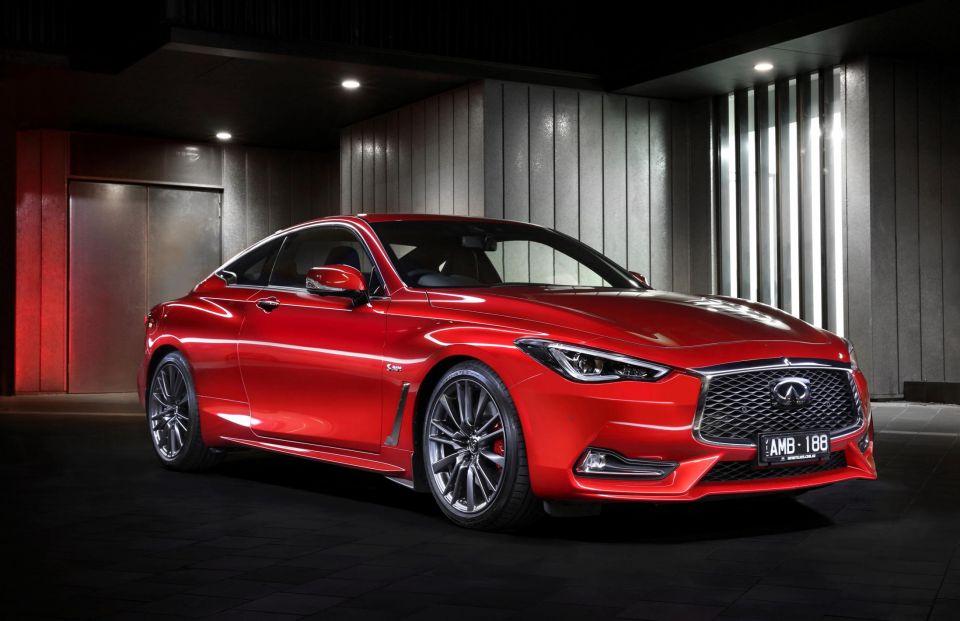
Nissan is keeping full details under wraps for now, probably because development work isn’t finished.
“As a prototype, work is now underway on synchronising the power with the grace and control that has defined the Z for the past 50 years,” Nissan says.
But it’s confirmed that the road car will sport a twin-turbocharged V6 (just like the Z32) instead of the rev-happy 3.7-litre naturally aspirated V6 used in the 370Z.
It would be no great stretch to guess the new Z uses the aluminium-block 3.0-litre V6 TT donk used in the Infiniti Q60 – either the 300hp/224kW base unit, but more likely the 400hp/298kW and 475Nm iteration used in the Red Sport.
The 370Z Nismo’s aspirated V6 topped out at 253kW and 371Nm.
The Z Proto also uses (thank any deity you please here) a six-speed manual transmission, presumably pinched from the 370Z since the Q60 has always been an auto. Expect a seven-speed auto with paddles to also feature, since that’s likely to prove more popular.
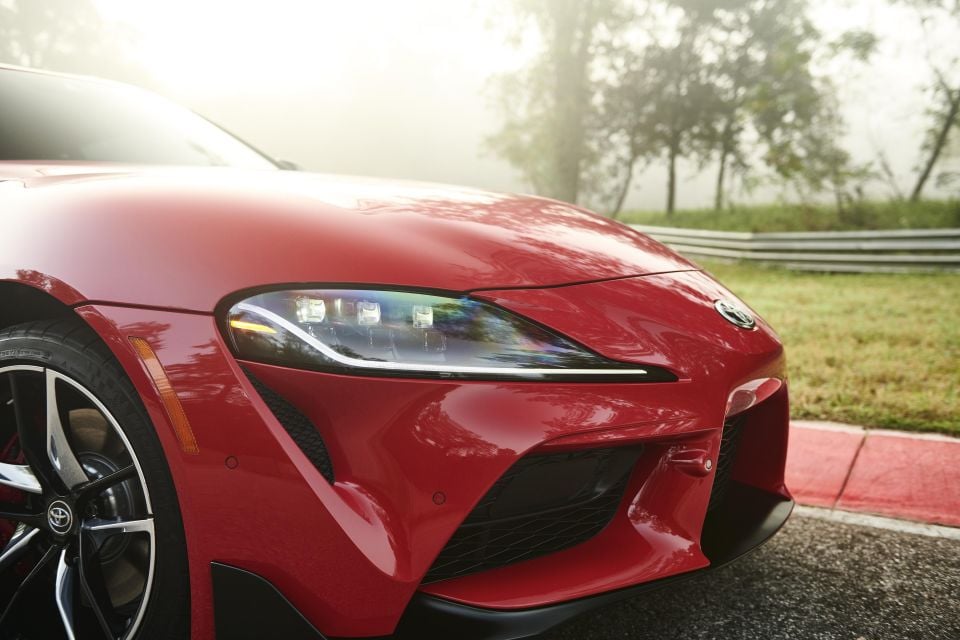
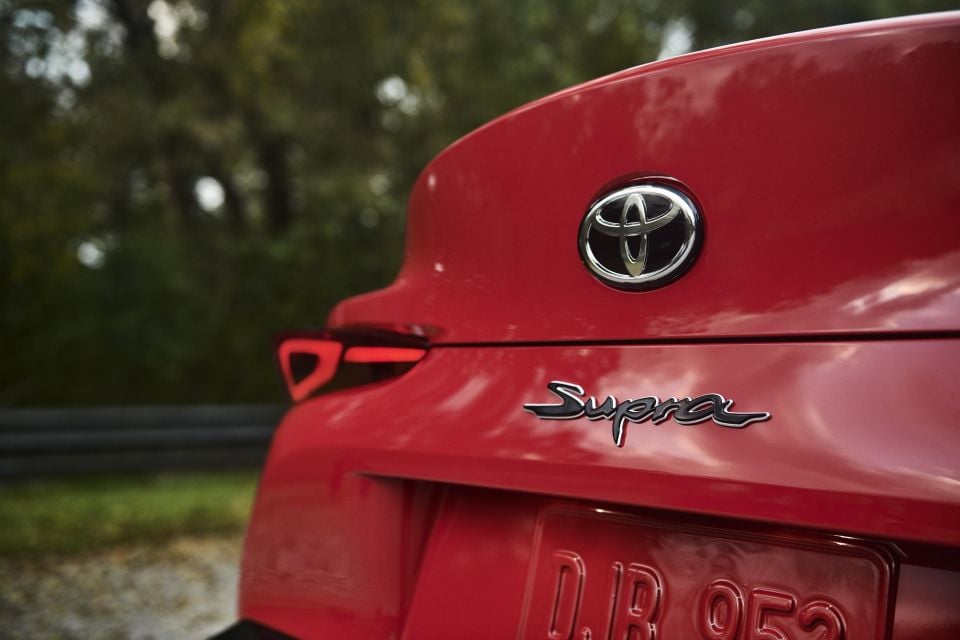

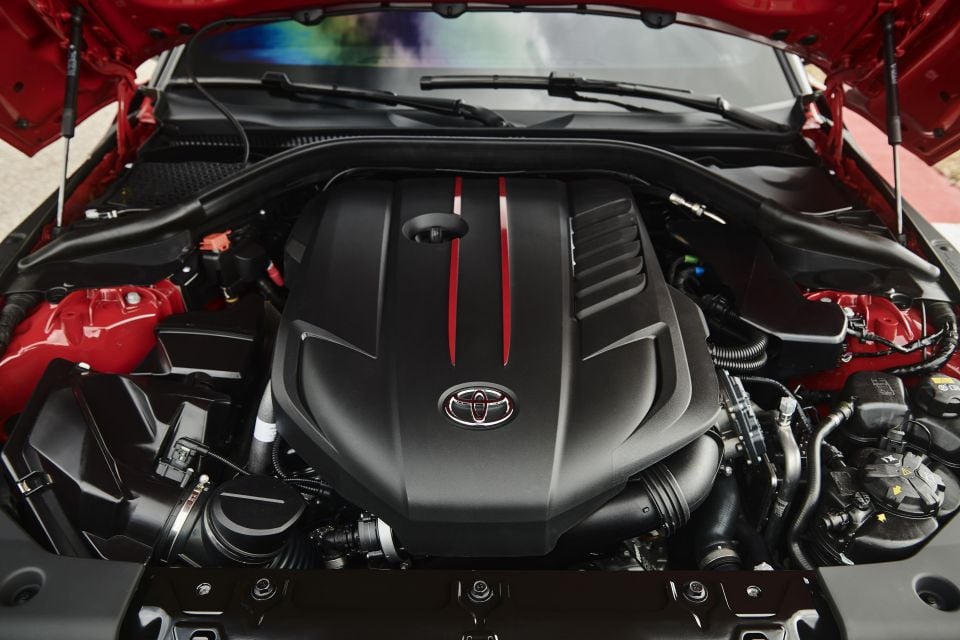
The Toyota’s twin-scroll turbo six isn’t bent like the Nissan’s will be. Its straight-six packed 250kW/500Nm at launch, mated to an eight-speed torque-converter auto and rear-wheel drive. A power increase to 285kW has already been announced.
Using launch control, Toyota claims a 0-100km/h time of 4.3 seconds. Can Nissan get to that? The porkier Q60 Red Sport has achieved 4.5 second 0-60mph (96km/h) times, so there’s every chance Nissan can come close to Toyota’s figure.
That said, chief specialist of the Z Proto project, Hiroshi Tamura, cautioned those expecting a power race by saying “the Z is about more than power increases”.
Dynamically, you can expect the new 400Z to borrow engineering from the late-stage 370Z Nismo, since it’s likely have an evolutionary architecture. The Nismo Z’s double-wishbone/multi-link suspension ran an increased spring rate, stiffer dampers, and more stabilisation. It should also feature Active Trace Control torque-vectoring.
Let’s hope it skips the Infiniti’s steering-by-wire system though… or at least perfects it.
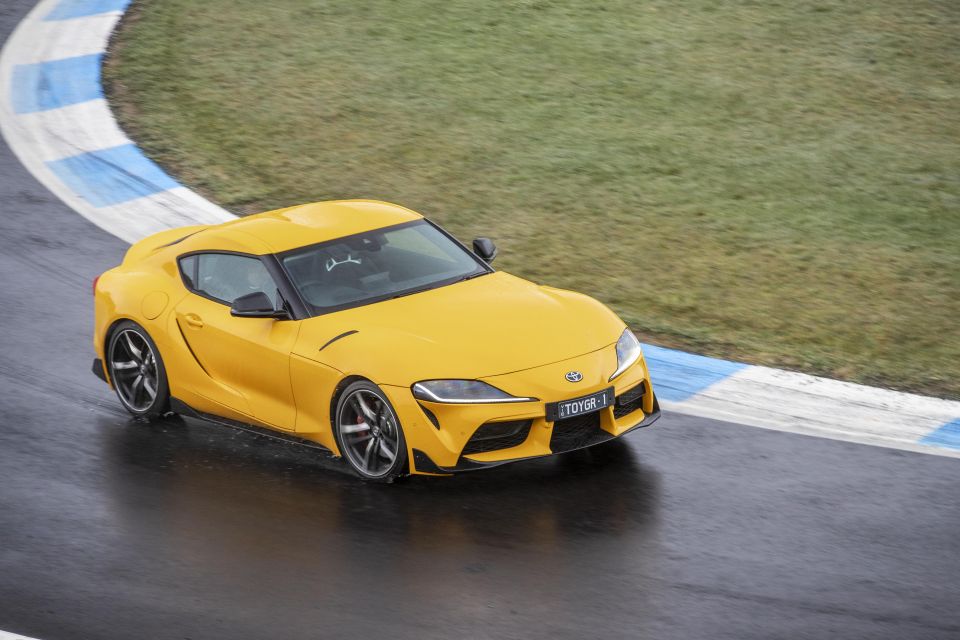

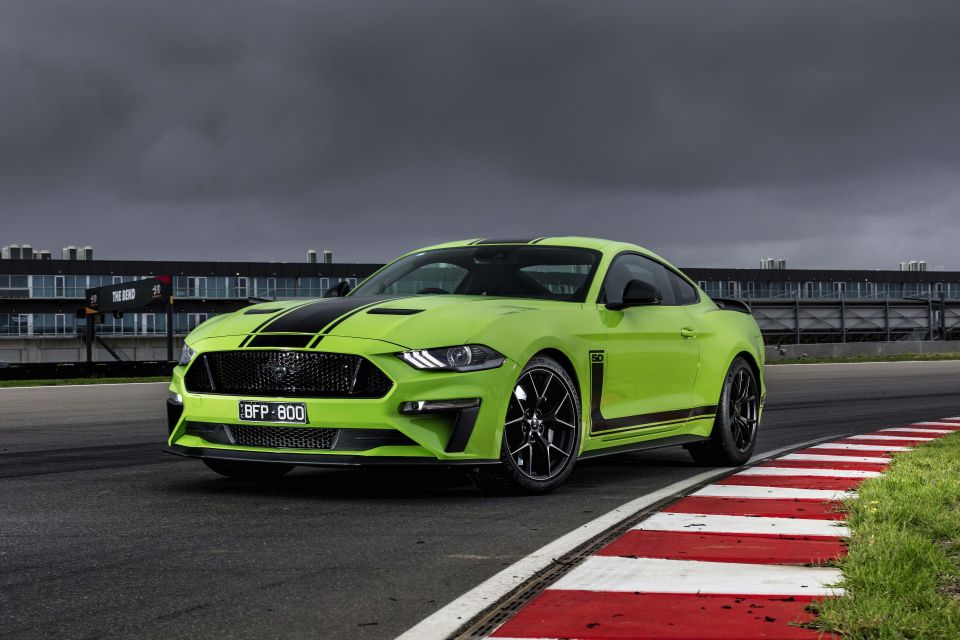
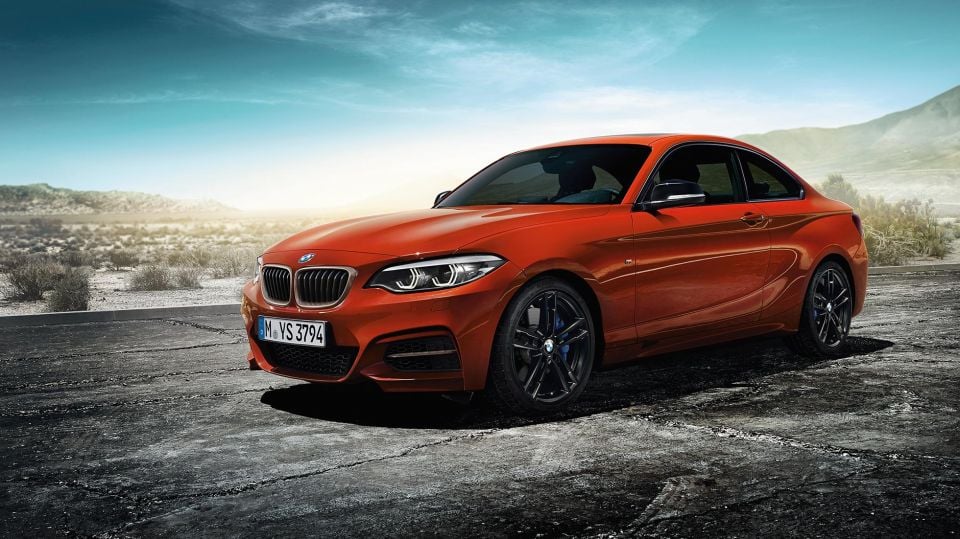
Here’s the bit we don’t yet know: price.
The 370Z Nismo retailed for $61,990 before on-road costs, compared to a price band between $84,500 and $94,500 before on-roads for the Supra.
Because Toyota has the budget 86, it could afford to make the Supra a more upmarket proposition and cover two bases – a luxury Nissan lacks.
Hopefully by leveraging existing mechanicals as it appears Nissan has, it can make the new Z affordably enough to keep the price the right side of $70,000.
For context, the Ford Mustang High Performance four-cylinder (236kW/448Nm) kicks off at $50,990 before on-roads, and jumps to $66,690 for the 339kW/556Nm GT V8, or $99,980 before on-roads for the ballistic supercharged R-Spec pictured above.
A BMW M240i kicks off at $81,900 before on-roads, though has been known to retail for $74,900 drive-away.


Anthony Crawford
6 Days Ago


Matt Campbell
5 Days Ago


James Wong
4 Days Ago


Max Davies
2 Days Ago


Josh Nevett
1 Day Ago


Josh Nevett
15 Hours Ago